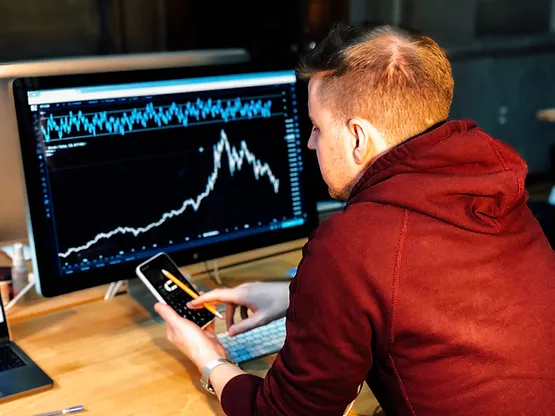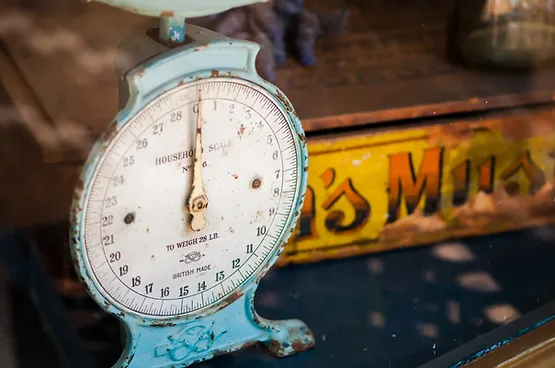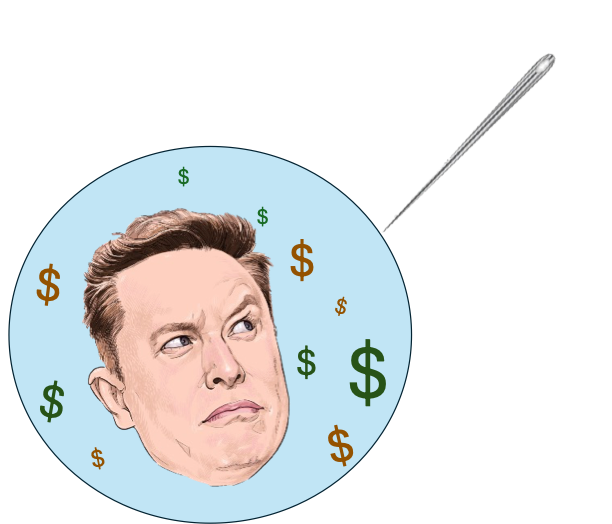Updated: Mar 7, 2022
Interested in maximising your wealth potential? Becoming an investor is convenient and hassle-free. Here are some of the best and easiest ways to get started.

Do you have a resolution to be smarter with money? If you’re dipping your toes into the world of investing for the first time, it’s a great way to grow your wealth for the future. When I first joined UBS in 2015 I was totally clueless about it, now I am totally converted 100%. I even set up a company called ‘Hannah Duncan Investment Content’, which is pretty serious right?
Investing your money means that have an extraordinary opportunity to grow your personal wealth. You have the chance to become much richer than you would be if you saved it. If I started to write out all the many advantages to investing now I might never stop, and it’s not the focus of this blog. If you’re interested to read more, check out these 7 benefits to investing, to give you a little flavour of what could lie ahead.
This blog is to help you get your foot in the door and become an investor within half an hour. I’m going to summarise everything you need to know before you jump in, and how to get started in a really easy and convenient way.
Nobody is paying me to write this (I wish they were!). These are helpful guidelines, not professional advice.

What do you need to know before investing?
The main downside of investing is that you might get less money back than you put in. So what can you do to reduce the chances of this happening and maximise the your potential returns.
1. Give your investments lots of time to grow
The more time you can give your investments, the more chance they have to grow. With time, a marvellous thing happens to your invested money, which is known as ‘compounding’. You may know someone who has experienced compounding debt, where the longer they leave repayments, the more they owe. With investing, you get the reverse, compounding profits…. Sounds good right? So how do you get this? Super simple, don’t take money out of your portfolio and leave it in there for more than ten years. Don’t take it out at the first sign of trouble. Keep slowly adding into your portfolio little and often. With nearly all Stocks and Shares ISAs, you can set up automatic monthly payments.
How does compounding work? When your investments make a little profit, instead of taking it out, reinvest it. This happens when you do nothing. Now you have more money invested, which means that you’ll make a bigger profit. Do nothing. Now you have more money invested, which makes a bigger profit. On and on it goes, in a happy upwards spiral. That’s compounding. When the profits are compounded every day over decades, your money has the maximum chance to grow.
2. Take a moment to really think about your risk level
At this point, you might think that I am going to advise you to be really cautious. Every asset manager I have ever worked for has made me dilute my copy down and tell people that they should be less risky (which means, investing in debt, such as bonds). I’m going to do the total opposite. Please God don’t sue me, this is not advice, it’s my personal opinion on my blog…. Ready?
For me, it’s a no-brainer. I take the maximum level of ‘risk’ and nearly only invest in equities (buying shares in a business) for my own portfolio. This is because, over ten years or so, equity is so much less ‘risky’ than bonds. You have a much higher chance of making a lot more money and the shares are protected from inflation.
I think that if you’re going to invest, then you need to do it for at least ten years. And if you’re going to invest for at least ten years, then why wouldn’t you go for stocks and shares? Investing beginners are so often recommended to play it really safe and tip toe around cautious bond-heavy portfolio, or a middle-ground sort of half and half. I’m calling BS on that, and saying that if you’re going to invest for more than ten years, you should consider maximising your risk with equities. It’s your money, it’s your dream. Don’t be put off being more risky if you think it’s right for you.
3. Make sure you have a really good mix of investments
When you invest, you buy things which become more valuable and sell them later. This could be a property, art, collectables, businesses, other people’s debt or other things. If you buy just one of these expensive things, it’s a bit risky. Say you bought a house and it flooded, or an art piece and it became wildly unfashionable. It’s generally a better practice to buy a few different things to spread out the riskiness. This is called ‘diversification’ and it’s a staple for most investment managers.
Diversification can mean investing across different asset classes, for example across property, gold, shares and debt. It can also mean across different locations and industries. For example, a property in Australia, gold from Wales, shares in a Asian rice company and debt from the German government. In finance, we’re not allowed to make any promises or bold statements, but generally the more you diversify your assets, the less likely they are to all tank at the same time. Diversification is key. If you’re looking at investing, it’s probably better to have a group of investments (known as a ‘portfolio’) which are very diverse from each other.
Check your portfolio funds before you commit. If you’re going for a managed Stocks and Shares ISA, check and see how many assets you’ll have. You’ll probably have between 10 and 15 funds. Each of these funds probably have around 50-100 companies included in one share. If you’re creating your own portfolio from scratch, maybe consider adding in some funds to balance out the risk a bit.

How can you get started?
Tax-efficient investing
If you want a quick and convenient solution, I’d consider a managed Stocks and Shares ISA. ISA stands for ‘Individual Savings Account’, it’s a way of saving and growing your money which was created by the government which give you tax benefits. A Stocks and Shares ISA means that your money is invested, and you don’t pay tax on any income or capital gains. These tax breaks apply for up to £20,000 you put into your ISA each year. Once you exceed that amount, you’ll have to pay normal taxes. It’s a great way of keeping more of your money, and maximising your growth potential.
Hassle-free and convenient investing
A managed Stocks and Shares ISA (also known as a ‘Do-it-for-me’ ISA means that somebody else (usually an investment team) does the investing part on your behalf. You just have to sit back and relax, after answering a few initial questions. In a nutshell, it’s probably a better option for you than a general investment account because of the tax breaks. And if you have little time or experience in investing, it’s a good way to get all of the benefits, with none of the work.
Fees and minimum investments
Fees vary from provider to provider, some have great offers (especially in the months coming up to April, known as ‘ISA Season’.) Providers which have generally quite low fees are companies such as Wealthify, Money farm and Vanguard. Wealthify and Moneyfarm also have very low minimum investments, of just £1 to get started. With moneysavingexpert, you can get good deals on starting a Stocks and Shares ISA, such as no fees for a year with Nutmeg, Wealthify and OpenMonday.
There are loads of options out there. For managed stocks and shares ISAs, I like Wealthify and Nutmeg. For DIY investing platforms, AJ Bell and Vanguard offer a good range of options at good prices. Whatever you decide, getting started is the best way to start building up your wealth potential and adding a little sparkle to your finances this year.

This does not constitute advice, it’s my personal opinion.



